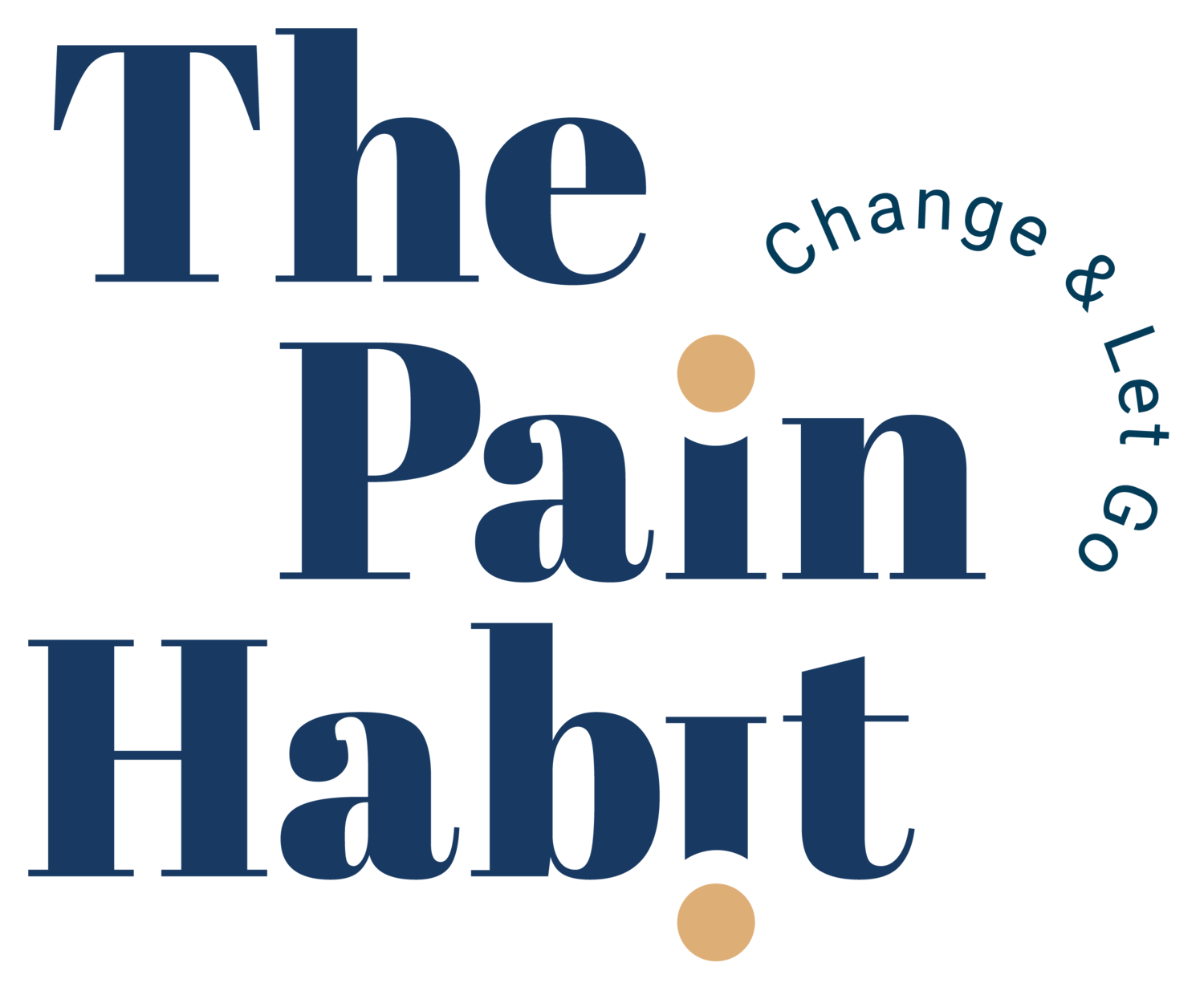Your Back Could Go!
Fragile moments
Interactions with medical practitioners are pivotal in determining how that medical problem will progress. For example, it doesn't matter what treatment occurs if the relationship between the patient and therapist is not grounded in trust, compassion and a sense of safety.
In this post, I describe one such interaction between and patient and a spinal consultant where the scenario involved the patient receiving news regarding a recent MRI scan.
The most memorable comment that the patient recalled was the consultant saying, ‘Your back could go at any minute!’
How Would You Feel?
Now I don’t know how you would feel if those were the words said to you whilst you were feeling a little more than anxious when waiting for test results on a pain that hadn't resolved after several months of trying. So let me tell you that this poor gentleman was scared to death after hearing it.
The basis for this description from the consultant was that there were some normal age-related degenerative changes in this person's spine, which correlated with the lifestyle and work he had done for many years. For example, the MRI reported slight scoliosis, which means there is a deviation in the spine's normal alignment and some degeneration of the discs.
Unfamiliar Explanations
Now, even if the descriptions aren't familiar to you, the only way to determine whether that is good or bad is to listen to how the words are spoken. You could also view the person’s facial reaction as they explain the findings to you to try and interpret more meaning. Alternatively, you could create an image of what you hear.
It is a desperate attempt to get meaning for pain which is all that we ever want.
Unfortunately, this was a desperate attempt at an explanation from someone who should know better.
The findings are found in many people of that age and with that life history without any ongoing pain.
Floored Perspective
When we take the floored perspective of only looking at the physical element and finding something we believe is abnormal, it often sets the clinician and patient on a wild goose chase of ineffective treatment of that body part. Further despair arrives with failed treatment and resignation that nothing more is possible to relieve that pain.
The reality behind that acceptance comes from information that is not entirely true.
That does not mean that the consultant purposely describes those findings in an untruthful way that frightens the patient.
However, it certainly sets the patient on a fearful and destructive path if they believe they have no power over their pain because these physical changes exist within them.
Reversing Mechanisms
They do have the ability to recover but have to reverse the mechanisms triggered by the first explanation given, which becomes harder once that person's authority is seen and heard as truth.
What was the proposed treatment for this back that could ‘go’ at any minute, I asked?
An epidural injection and some oral painkillers!
What is more likely to help the person in this situation should he decide to accept that injection and the oral medication is the rest typically enforced as part of the protocol following the procedure and the fear that came with it.
This partial recovery is another illusion, as attending to himself with that sense of fear means there will potentially be a reduction in pain from what has been administered and advised.
Fearful Return
However, a return to the previous level of physical activity with that fearful understanding of the MRI finding means that the movement of that area of the body becomes primed and conditioned to feel pain at a much lower threshold. It occurs due to the fear-induced neural pathways, compounded by the consultant’s explanation and well-intentioned but misguided intervention.
Can you see how this fearful web gets weaved in many a caring medical department and then quietly repeated by that patient as they described what the consultant said to their friends, family, and themselves many times?
That repetition fuels the neural pathways of pain and sensitises them to fire even quicker than they did before that appointment.
Tragicomedy
What makes this scenario more of a tragicomedy is that the patient went on to say that his friend from work phoned him later that day to say that he’d heard how bad the patient's back was.
How did he know that?
He was next into the consultant’s office, and the patient’s MRI findings were still on the screen.
His friend thought they were images of his spine and started to look at them. The consultant clarified that they weren't his. Still, before removing them from the screen, he described the degeneration he'd already reported to the patient himself, saying the findings were those of his friend.
You couldn't make this stuff up.
The Messenger
The consultant has told the patient fearful things that he will spend hours repeating to himself and given the same information to a messenger who can redeliver the scary information just in case the patient forgets it any time.
I'm not sure whether this person can reverse the pain when reinforced in this kind of way, but it certainly doesn't look like a horse that the bookies will place as the favourite.
That doesn't mean that we shouldn't try to help. However, until our medical culture, investigations and language around those results change, these patients will be disadvantaged in their recovery and mostly seen as non-runners.
What’s next?
Take Your First Step to Recovery.
Join our FREE private Facebook group, The Pain Habit Community, to see how others have successfully returned to a pain-free life. Get support on your journey.
Sign up for The Pain Habit Blog below.
Subscribe to The Pain Habit YouTube channel.
Buy The Pain Habit book. Order here.



